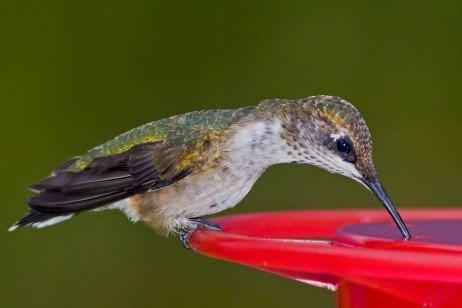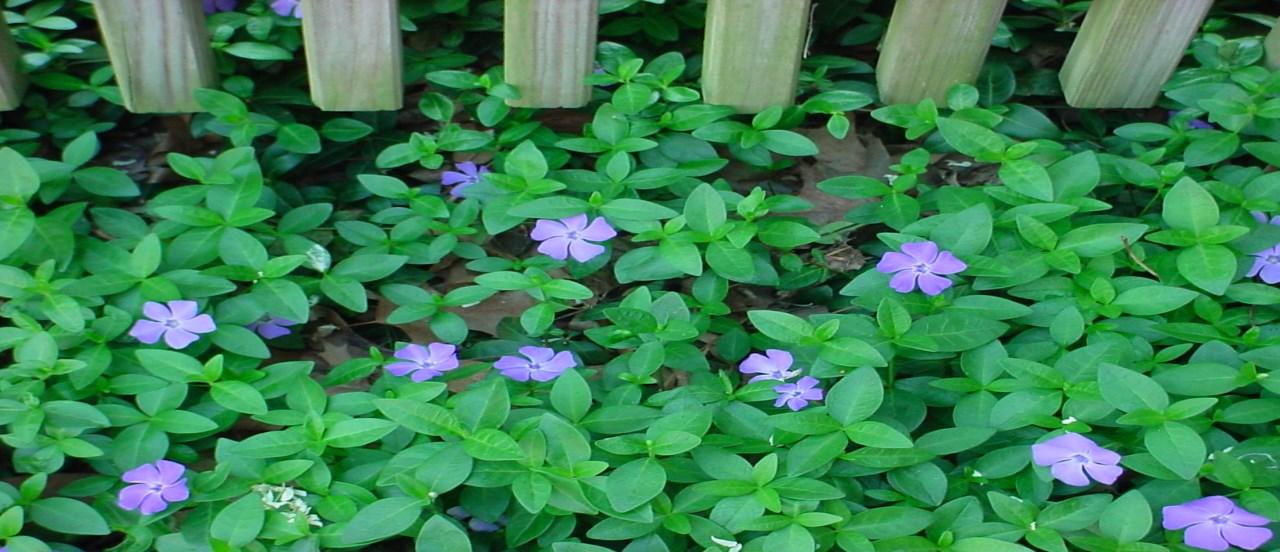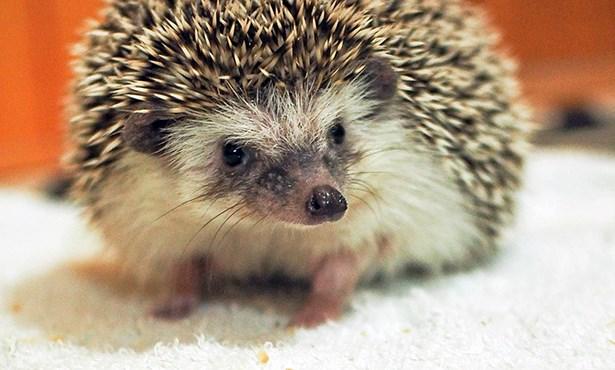Warren County Connection
Attracting Hummingbirds Learn about the many aspects of hummingbirds and how to attract them to your property.
With the approach of summer, it is time to welcome New York’s smallest bird, the ruby-throated hummingbird. Named for the humming sound made by their wings in flight, these birds are renowned for their small size, amazing energetic feats, and iridescent beauty. More than 330 species of hummingbirds live in North and South America. Most live in the tropics. Sixteen hummingbird species occur on a regular basis in the United States, but only the ruby-throated hummingbird is found east of the Mississippi River. General Biology The ruby-throated hummingbird is only 3 to 4 inches long and weighs less than 0.2 ounces. Each fall it migrates from the eastern United States to Mexico and Central America. The birds fly nonstop 600 miles across the Gulf of Mexico during migration. They return in the spring and move northward, following the blooming of early-season flowering plants, such as azaleas, rhododendrons, and columbine. They arrive in Alabama by late March; Washington, D.C., by mid-April; Pennsylvania by mid-April to early May; and further north in New England by May. They stay in the Northeast until September, when they migrate back to Central America. Hummingbirds are promiscuous: one male mates with more than one female. Males perform a pendulum-like aerial display to attract females. The birds will often use this same display to defend a food source such as a patch of flowers from other hummingbirds. The female builds the nest and generally lays two eggs. She incubates the eggs and raises the young without assistance from the male.
Page 3
Habitat Requirements During the breeding season, ruby-throated hummingbirds are found in deciduous and mixed deciduousconiferous forests, woodland clearings and edges, parks, and suburban gardens. They often are found near water. They prefer areas where they can find nectar-bearing flowers, with trees and shrubs nearby for shelter and perching. Cover Hummingbirds build their tiny nests on the small limbs of trees or shrubs, usually 5 to 20 feet above the ground. Most nests are sheltered from above by over-hanging leaves and branches. Usually there is no cover below the nest, and nests often are located above water, a trail, or other open area. Females return each year to the same area to nest, sometimes reusing their old nests. New nests may be located in the same tree as in previous years or in a nearby tree. Many tree species are used, but hummingbirds appear to prefer rough-barked trees and those covered with lichens rather than smooth-barked species. Food Hummingbirds are specially adapted for eating nectar from flowers. They have long beaks and long tongues for consuming the nectar. The tiny birds can maneuver easily around flowers because they fly backward as well as forward and can hover in midair. This hovering ability makes it easy for them to feed from flowers. Hummingbirds get nectar from plants, and plants get pollinated by hummingbirds. When the birds feed from flowers, they brush against them, and the pollen sticks to their heads and throats. As they go to the next flower to feed, they transfer some of the pollen to that flower. While bees and other insects also pollinate plants in this way, some plants have evolved so that hummingbirds are their main pollinators. Such flowers tend to have petals joined into long tubes and long stamens (the part of the plant that holds the pollen). Stamens are arranged in such a way as to brush against the hummingbird when it feeds on the nectar. Hummingbirds lack a well-developed sense of smell and are drawn to flowers by their color instead of their scent. Preferred hummingbird flowers are red, orange, and pink, but the birds eat nectar from flowers of most colors. At least 19 species of native plants in the northeastern United States are pollinated primarily by hummingbirds. These include spotted touch-me-not, trumpet vine, (Continued on page 4)






